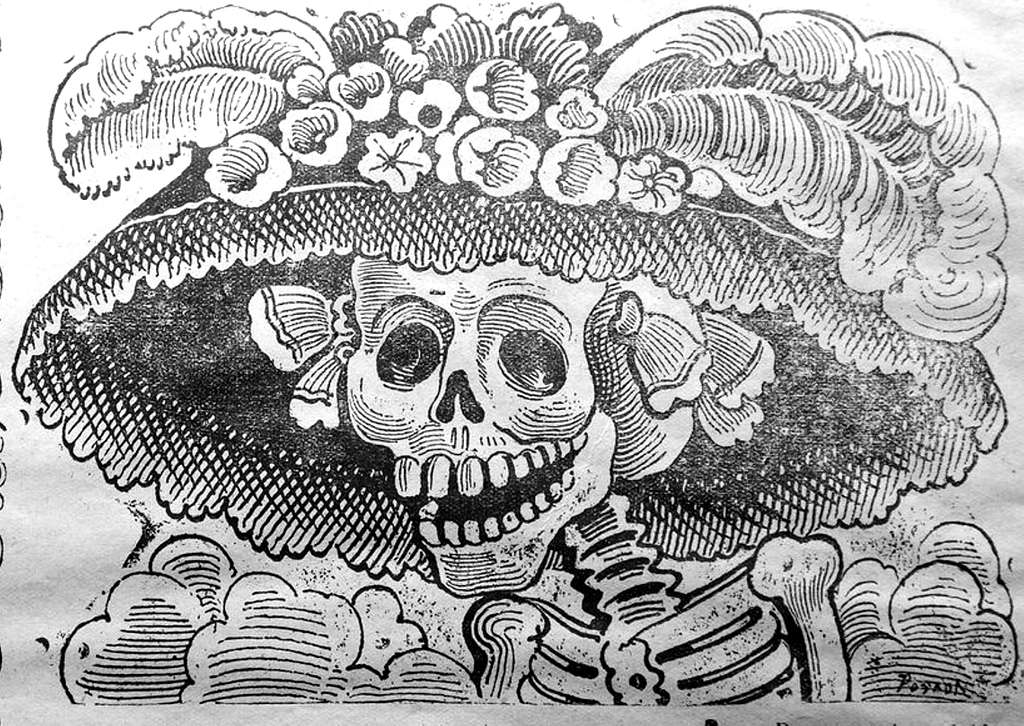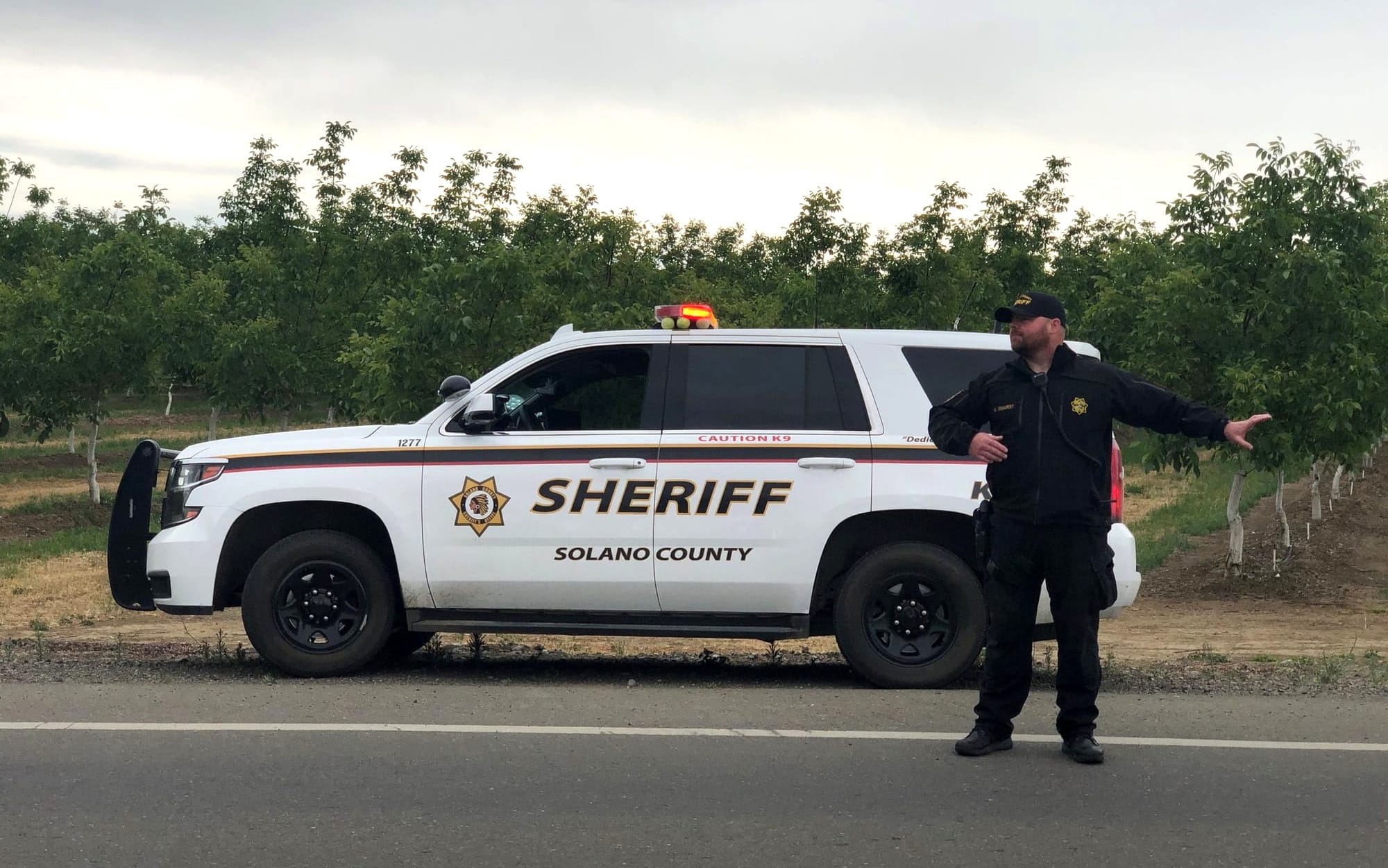VALLEJO — This Saturday marks the tenth year the Solano AIDS Coalition will bring the annual Dia de los Muertos festival to downtown Vallejo.
The day-long celebration will take place on the 200 block of Georgia Street from 10 a.m. to 5 p.m. It will feature live mariachi and marimba bands, traditional dances, authentic Mexican food and crafts, a kid zone, a car show, face painting, and a La Catrina contest.
Dia de los Muertos, or Day of the Dead, has its roots in an old Aztec tradition of honoring the dead. It blended with All Saints Day after the arrival of the Conquistadors in Mexico. It is considered a celebration of life, a time to remember loved ones who have departed and a chance to make peace with the past.
“This is not Halloween,” said Solano Aids Coalition executive director Mario Saucedo. “This is a way of preserving the life of a loved one that we lost.” He said the public festival is an opportunity to make connections and promote acceptance between cultures.
Saucedo said he believes the heavens open up during the first three days of November, and the departed are allowed to visit us. They are welcomed with remembrances like a father’s cologne or a mother’s favorite food.
The holiday is also an opportunity to face unresolved issues with the departed “They pass and we stay right here with all this guilt,” Saucedo said. “This is the perfect forum to say ‘I'm sorry, I don't mean to hurt you. I hope that you're doing well where you are.’ It is a time for family connection.”
One of the festival’s highlights is the La Catrina contest.
As “La Catrina,” women dress in elaborate hats and gowns and paint their faces to resemble skulls. Saucedo says these are not costumes, but regalia. They are a representation of a culture, not a “spooky day” like Halloween.
La Catrina is based on a 1910 cartoon by Mexican printmaker Jose Guadalupe Posada that mocks a wealthy woman putting on airs. The concept was popularized by Diego Rivera, with a Catrina standing in the middle of his surreal 1947 mural “Dream of a Sunday Afternoon in Alameda Central Park” that depicts the end of the Mexican Revolutionary War.

Saucedo says that people come from all over California, even from out of state, to attend Vallejo’s festival to see the gowns there. “They want to see the new dresses or the new Catrinas because they like the way that I create all this crazy stuff,” he said.
“It boosts the self esteem,” Saucedo said. “Working on your own gown and working on your own makeup and then get out there looking like a princess of the dead.” He has had Catrinas as young as one year old and as old as 80, from different backgrounds, different cultures, and different races.
Solano AIDS Coalition began in 2004 when Saucedo saw a need because of prostitution and drug use in Vallejo, with Black and Latino communities the most at risk for HIV and sexually transmitted infections.
“I was driving a Mercedes in that time. So the ladies in the street, they were thinking that I was soliciting, so I let them go jump in my car, so I start a conversation with them,” Saucedo said. “I tell them, look, this is a gift card for you. And this is my business card, and we are the Solano AIDS Coalition. You need to protect yourself because HIV is here and other STIs.”
Saucedo said it was hard at first. He was accused of promoting sex. He recalled a time at the farmer’s market when a mother angrily slapped his basket of condoms when her teenage son and daughter reached for them.
He said hers was a typical religious reaction. “It's better the kid knows, and educate him, and that way you don't have your daughter or your son come in and tell you ‘Guess what, mom? Yeah, I am infected with HIV virus’, or ‘Mom, I'm pregnant.’”
Sacuedo first thought of Dia de los Muertos as a bridge to HIV awareness outreach when he helped conduct an youth art class for “troubled” youth – a label he dislikes – in 2013.
The kids and their art teacher came to his Georgia Street studio to make masks and gowns for a Dia de los Muertos exhibit at Vallejo High School.
At first the students were excited about the artwork. Saucedo recalled a young woman saying, “I want to be like this. I love this color. I want to do that.”
Then Saucedo said they started talking about trauma. “‘We don’t eat that well, because our parents have no money,’ or ‘I've been abused. My father beat me,’ or ‘my mom drinks a lot,’ or ‘my father and my mom are doing drugs, and we are alone. I have to take care of my younger brothers.’”
Saucedo asked what they knew about STIs. The students said they knew only a little but wanted to know more. Saucedo saw that this was a way he could reach minorities.
The festival, with free admission, low vendor fees and many performers to pay, is not cheap to put on. The Solano AIDS Collation lost a major sponsor when Gregory Schoepp, founder and owner of Vallejo Holistic Health Center, died earlier this year.
But they’re covered for this year by a grant from the Vallejo Arts Fund and donations from Mare Island Co. and the Solano County Arts Council
Saucedo says the volunteers are the core of the Solano AIDS Coalition and it would be impossible to carry on without them. “Time is gold, time is money,” he said.
Before you go...
It’s expensive to produce the kind of high-quality journalism we do at the Vallejo Sun. And we rely on reader support so we can keep publishing.
If you enjoy our regular beat reporting, in-depth investigations, and deep-dive podcast episodes, chip in so we can keep doing this work and bringing you the journalism you rely on.
Click here to become a sustaining member of our newsroom.
THE VALLEJO SUN NEWSLETTER
Investigative reporting, regular updates, events and more

Gretchen Zimmermann
Gretchen Zimmermann founded the Vallejo Arts & Entertainment website, joined the Vallejo Sun to cover event listings and arts and culture, and has since expanded into investigative reporting.
follow me :




